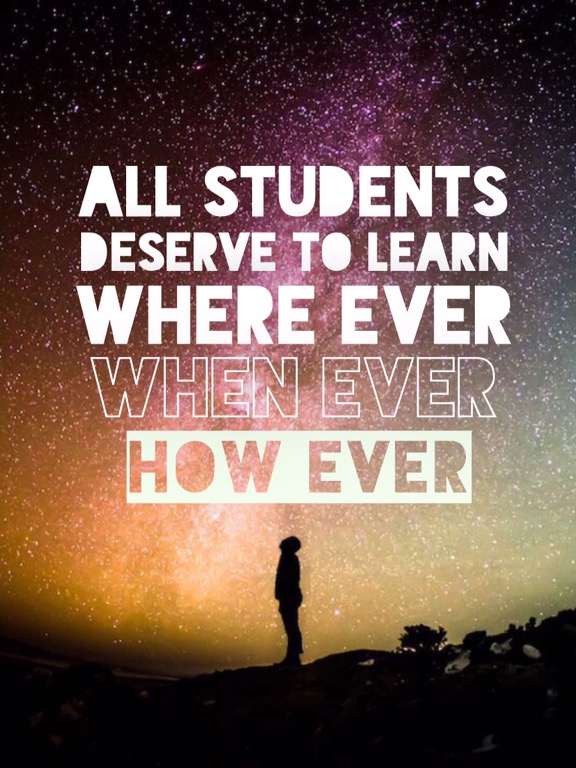 Why iPads in the Classroom?
Why iPads in the Classroom?
As teachers, we strive for the best in our students. We want the best for them, at whatever cost that may take. We teach all kinds of students. The advanced energetic learner, the resistant rebellious child, and the learning-challenged struggling student. All of these types are in our classroom at one time, all expecting our attention and our best effort to help them be successful.
All students deserve to learn; where ever, when ever, how ever.
Incorporation of technology can assist in this goal. Giving advanced, expansive topics for the advanced learner. Providing individualized support for the challenged student. Keying in on the interests and learning styles of the rebellious student. Touch-enabled, responsive technology, like an iPad, bring these resources to all learners (Thornthwaite, C. 2014, pp. 10-14).
Using Collaborative, Creative, and Critical Thinking apps, students develop and support their own understanding of objectives and work together to create a unique educational experience for each learner.
By increasing teacher understanding of the support an iPad and other technology resources bring to the classroom, students will get the support they needed and teachers will be able to see all students be successful in their classroom (Ritzhaupt, A., 2013, p. 178). A culture of learning and collaboration will support teacher development toward this goal. Focusing on accessibility options, creative and collaborative apps teachers will be able to support all students to be future ready and self-advocates of their own learning.
Empower teacher understanding of the use, options, and tools provided by the iPad will elevate learners to achieve success.
The classrooms are filled with personalized learning devices. The learning environment has been infused with the latest in educational technology tools and materials. Now is the time to adequately use those tools and materials to create a learning environment where every student feels challenged, but adequately supported.
References
Ritzhaupt, A. D., & Kumar, S. (2013). Cases on educational technology implementation for facilitating learning (pp. 176-178).

But especially in the library!
Right! Libraries are important in schools and communities. They are there for learning and the spread of knowledge. To me, libraries are the equivalent of the Roman Senate floors or the seats around Socrates. Where the pursuit of knowledge was the enjoyment of learning. THanks for reading!